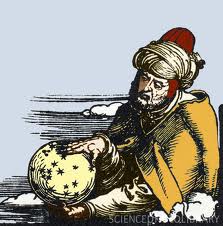TEMPO.CO. Indonesian Muslim wear label Up2Date has launched its latest collections named ‘Ingenious’ that was inspired by Japanese culture. As many as 60 Ingenious collections were showcased on the runway earlier this month.
 The show opened with Up2Date’s signature style in salem and gray colors combinations. The Japanese style explorations were seen in the details of the design which adopted the Japanese paper folding art Origami: folded, bent, and tied. The Kimono was reflected on the Y silhouettes and H silhouettes. The detail of stacks brought out the dynamic impressions. Up2Date showed off outfits in calm colors such as green tea, cream, and dark gray. The peach colors were adopted from Japanese ocha, sushi, and tatami. Comfortable materials are used in the design such as cotton, linen, jersey and the shiny organza.
The show opened with Up2Date’s signature style in salem and gray colors combinations. The Japanese style explorations were seen in the details of the design which adopted the Japanese paper folding art Origami: folded, bent, and tied. The Kimono was reflected on the Y silhouettes and H silhouettes. The detail of stacks brought out the dynamic impressions. Up2Date showed off outfits in calm colors such as green tea, cream, and dark gray. The peach colors were adopted from Japanese ocha, sushi, and tatami. Comfortable materials are used in the design such as cotton, linen, jersey and the shiny organza.
Soon, the label will expand to Brunei and Malaysia while cooperating with Tehran, Iran, and Dubai.
TEMPO English
Sunday, 26 January, 2014
http://en.tempo.co/read/news/2014/01/26/114548444/Japanese-Inspired-Muslim-Wear


















